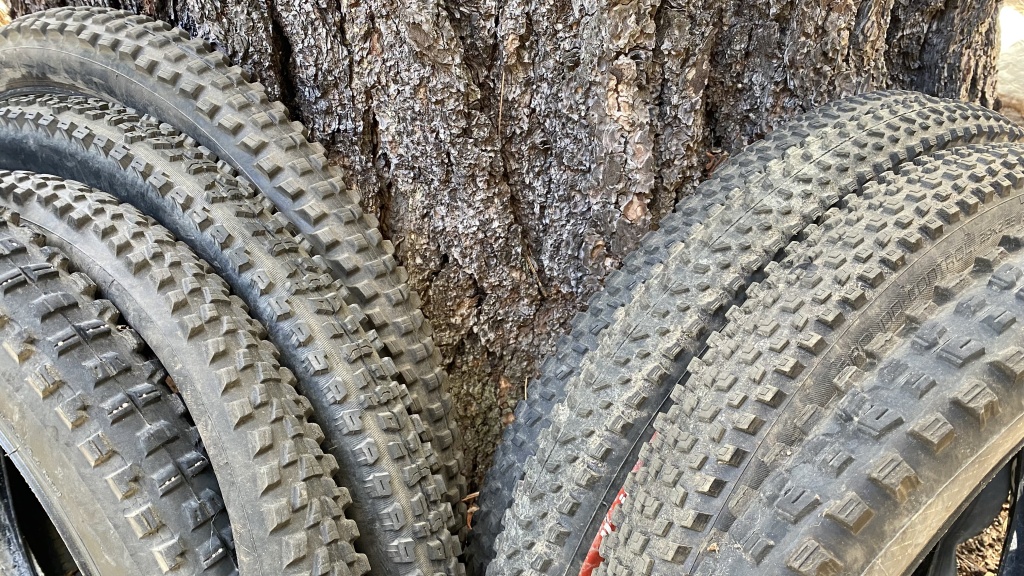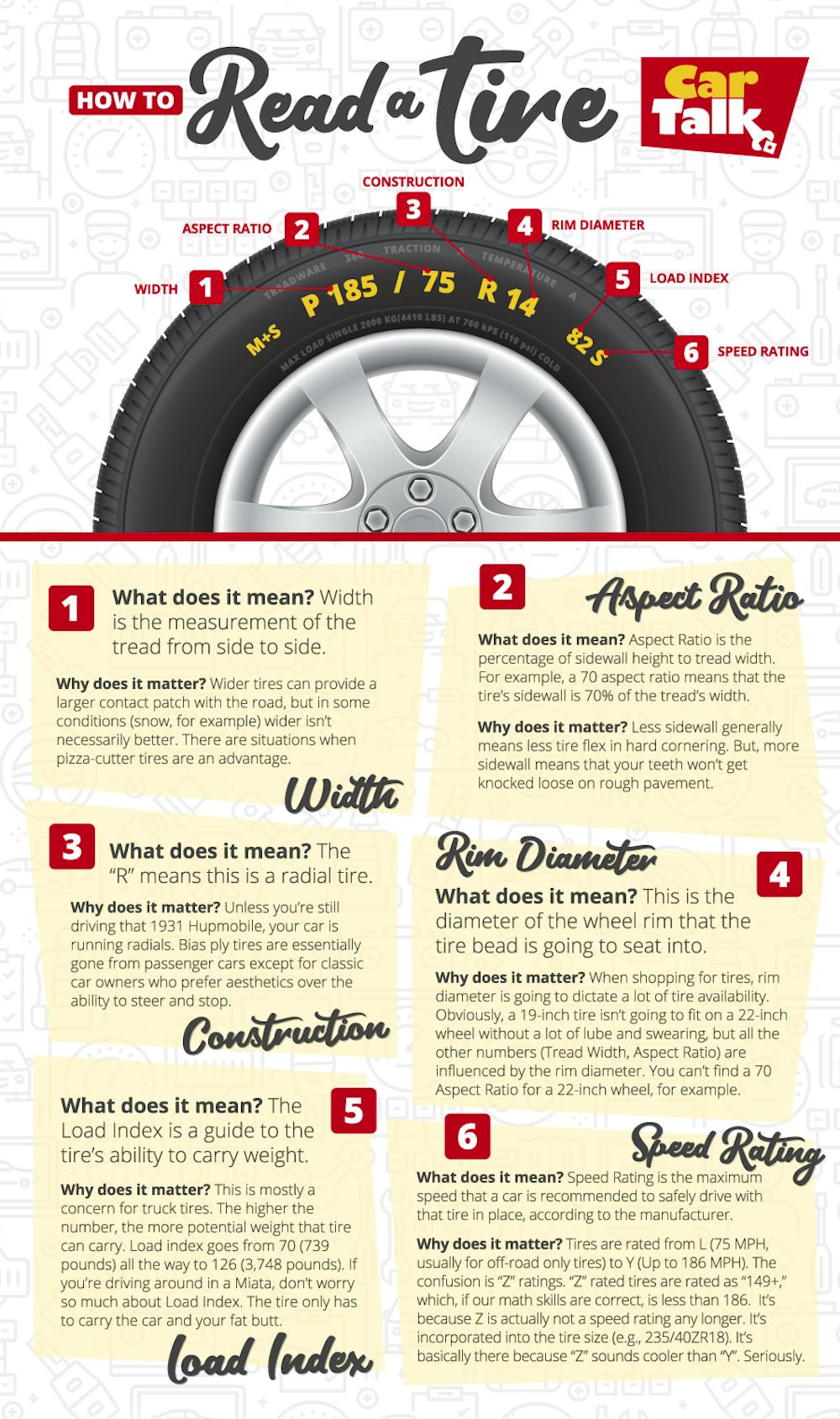All Categories
Featured
Table of Contents
I was able to obtain 100 hours out of one of these tires, and while it had absolutely no tire lugs left on it, the soft substance made it work very wellas long as I was making use of a soft mousse. Kitt Stringer picture Easy placing - 3Wear - 3Sidewall toughness - 3Performance on origins - 4Performance on damp rocks - 2Traction on dust - 5Cornering capability - 4Traction while stopping - 4Self-clearing of dirt and mud - 3Performance in mud - 3Overall predictability or tracking - 3 _ 37 Conclusion: This is a good all-around tire with good value for money.

The wear was regular and I such as for how long it lasted and how constant the feeling was throughout usage. This would likewise be a good tire for faster races as the lug size and spacing little bit in well on fast surface. Kitt Stringer picture Easy installing - 3Wear - 3Sidewall stamina - 3Performance on roots - 4Performance on wet rocks - 4Traction on dirt - 4Cornering ability - 4Traction while stopping - 5Self-clearing of dust and mud - 4Performance in mud - 4Overall predictability or monitoring - 4_42 Verdict: I liked this tire a lot.
If I had to acquire a tire for tough enduro, this would remain in my leading selection. Easy placing - 3Wear - 3Sidewall stamina - 3Performance on roots - 4Performance on wet rocks - 3Traction on dust - 4Cornering capability - 3Traction while stopping - 3Self-clearing of dust and mud - 4Performance in mud - 4Overall predictability or monitoring - 3 _ 34 Conclusion: This tire was very soft and flexible.
All the gummy tires I examined carried out relatively close for the initial 10 hours approximately, with the victors mosting likely to the softer tires that had far better traction on rocks (High-quality tyres). Purchasing a gummy tire will most definitely provide you a solid benefit over a normal soft substance tire, however you do pay for that advantage with quicker wear
Honest Tyre Warranty – Alexander Heights 6064 WA
This is an excellent tire for springtime and autumn problems where the dust is soft with some moisture still in it. These tried and tested race tires are wonderful all around, however wear rapidly.
My overall champion for a difficult enduro tire. If I needed to spend cash on a tire for daily training and riding, I would pick this.
Wheel Alignment Near Me – Wanneroo
I have actually been running a set of Michelin Power Pilot 2CT's on my track Daytona 675 for the previous year. Because time I have actually done 15 track days in all weathers from cold damp to very hot and these tires have never missed a beat. Wheel alignment. I've done nearly 2,000 miles (3,200 km) on them and as you can see from this shot of the front taken after initial session of my 15th track day on them, they still have quite a great deal of rubber left on them
Basically the 2CT is an incredible track day tyre. If you're the kind of cyclist that is likely to run into both damp and dry conditions and is beginning on the right track days as I was last year, then I think you'll be hard pressed to locate a much better value for money and skilled tire than the 2CT; a set of which will establish you back around 185 (US$ 300) in the UK.
Generating a far better all rounded road/track tyre than the 2CT need to have been a tough job for Michelin. The result of that initiative is the Michelin Pilot Power 3 which basically changes the Pure. Don't confuse this brand-new tyre with the roadway going Pilot Road 3 which is not created for track usage (although some cyclists do).
When the Pilot Power 3 introduced, Michelin suggested it as a 50:50% roadway: track tire. All the biker reports that I've read for the tyre rate it as a much better tire than the 2CT in all areas yet especially in the damp.
Top Tyre Sales Near Me
Technically there are quite a couple of differences in between the 2 tires even though both make use of a twin compound. Aesthetically you can see that the 2CT has fewer grooves reduced into the tire however that the grooves go to the side of the tyre. The Pilot Power 3 has even more grooves for far better water dispersal yet these grooves don't get to the shoulder of the tire.
One facet of the Pilot Power 3 which is different to the 2CT is the brand-new 2CT+ technology which extends the harder middle section under the softer shoulders (on the rear tyre). This need to provide extra security and lower any "agonize" when speeding up out of corners regardless of the lighter weight and even more adaptable nature of this new tyre.

Although I was a little uncertain regarding these lower stress, it ended up that they were fine and the tyres carried out truly well on track, and the rubber looked far better for it at the end of the day. Equally as a point of reference, various other (rapid team) riders running Metzeler Racetecs were utilizing tyre pressures around 22-24 psi for the rear and 24-27 psi on the front.
Generating a far better all rounded road/track tire than the 2CT must have been a hard task for Michelin. The outcome of that initiative is the Michelin Pilot Power 3 which basically changes the Pure. Do not perplex this brand-new tire with the roadway going Pilot Road 3 which is not developed for track use (although some motorcyclists do).
Tyre Replacement – Wanneroo 6064 WA
They motivate big confidence and offer amazing grasp degrees in either the wet or the completely dry. When the Pilot Power 3 introduced, Michelin suggested it as a 50:50% road: track tyre. That message has just recently altered because the tyres are currently recommended as 85:15% roadway: track usage instead. All the rider reports that I've read for the tire price it as a far better tire than the 2CT in all areas however particularly in the wet.

Technically there are plenty of differences between both tyres although both utilize a dual substance. Visually you can see that the 2CT has less grooves reduced into the tyre yet that the grooves go to the side of the tyre. The Pilot Power 3 has even more grooves for far better water dispersal but these grooves do not reach the shoulder of the tyre.
One element of the Pilot Power 3 which is various to the 2CT is the new 2CT+ modern technology which prolongs the harder center area under the softer shoulders (on the rear tyre). This need to provide extra security and decrease any type of "agonize" when speeding up out of corners in spite of the lighter weight and even more flexible nature of this brand-new tire.
I was somewhat dubious concerning these lower pressures, it turned out that they were fine and the tyres carried out truly well on track, and the rubber looked better for it at the end of the day - High-quality tyres. Just as a factor of recommendation, other (rapid group) riders running Metzeler Racetecs were utilizing tyre pressures around 22-24 psi for the rear and 24-27 psi on the front
Table of Contents
Latest Posts
Tyre Performance – Kiara WA
Tyre Repair Services Near Me
Tyre Balancing
More
Latest Posts
Tyre Performance – Kiara WA
Tyre Repair Services Near Me
Tyre Balancing